
views
Treating a Whipworm Infection
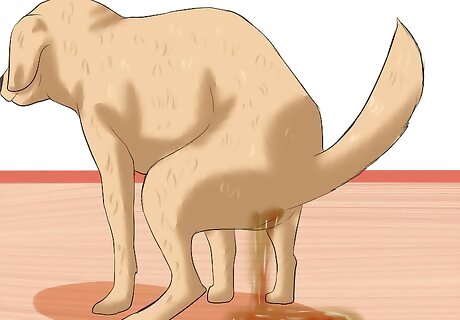
Look for signs of infection. A dog with a light infection of whipworms typically won’t show any signs. However, those with large infections or infected puppies will show typically signs. Sometimes these signs can be very severe and life threatening. Signs include: Watery, bloody diarrhea Mucous coated stool Weight loss Anemia (due to blood loss) Dehydration Poor appearance in puppies: rough and flakey hair coat, poor growth
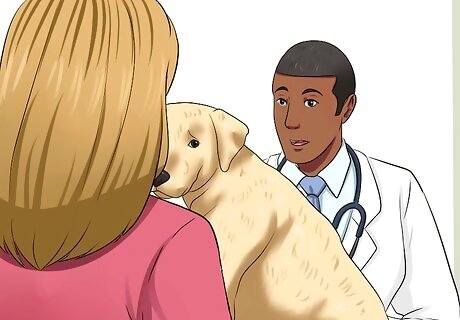
Take the dog to a veterinarian. You will need to have a veterinarian diagnose the infection. A dog or puppy with the above signs of infection should have a stool sample collected and examined under a microscope. Whipworms eggs are only shed (passed) about every three days so some veterinarians will probably request a three day stool sample collection. Once the samples are collected they are processed in the veterinarian’s laboratory using special techniques. These include fecal floatation (using fluid to “float” the eggs to the surface) and/or centrifuging. The veterinarian or veterinary technician looks for the oval shaped and thick shelled eggs under the microscope after processing.

Treat the infection. Getting rid of whipworms in the dog requires the use of medication. There are a few medications used for treatment. These include: Fenbendazole (50 mg/kg) for three days in a row. Drontal Plus (febantel/pyrantel pamoate/praziquatel) one single dose based on body weight.
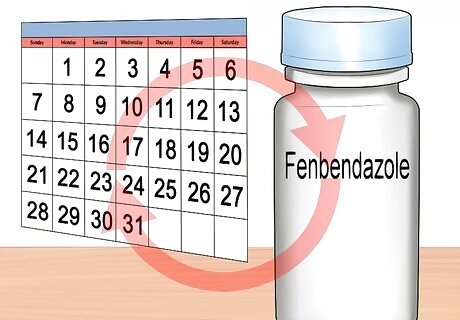
Repeat treatment. In order to kill all the eggs after they hatch treatment should be done once a month for three months in a row. Your veterinarian should supply you with this medication when treatment begins.
Preventing a Whipworm Infection

Learn about whipworms. There are two types of whipworms that commonly infect dogs in the United States. The scientific name of these whip worms in dogs are Trichuris vulpis and Trichuris campanula. A whipworm infection is typically called Trichuriasis. They get their common name, whipworms, from their shape. The back end is thick like the handle of a whip while the front end is threadlike like a whip. They live in the large intestine and cecum, a pouch like outcropping of the colon. Whipworms burrow their threadlike end into the lining of the large intestine and then they hatch. This attachment irritates the colon, producing mucous and bleeding.
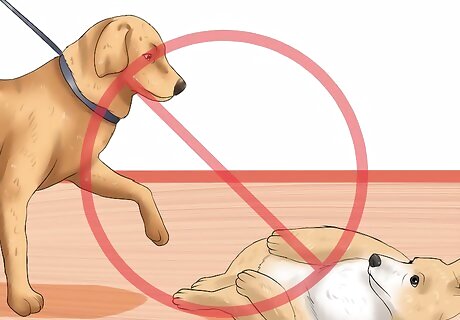
Keep your dog away from infected dogs. Dogs ingest the eggs of the worm typically from eating or licking the ground or items contaminated with fecal material from a whipworm-infected dog. Eggs from the whipworm are very hardy and can survive in the environment for up to 5 years.
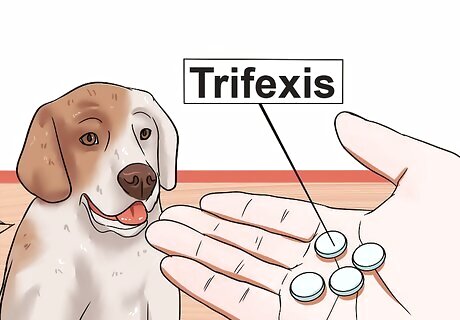
Use preventative medication. Many of the once a month heart worm and/or flea treatments will also treat whipworm infections in the dog. These include the products Advantage Multi, Interceptor, Sentinel and Trifexis. Keeping your dog on one of these once a month medications will help control any infections your dog may get from dog parks or any other spots that may be contaminated by other dogs.



















Comments
0 comment